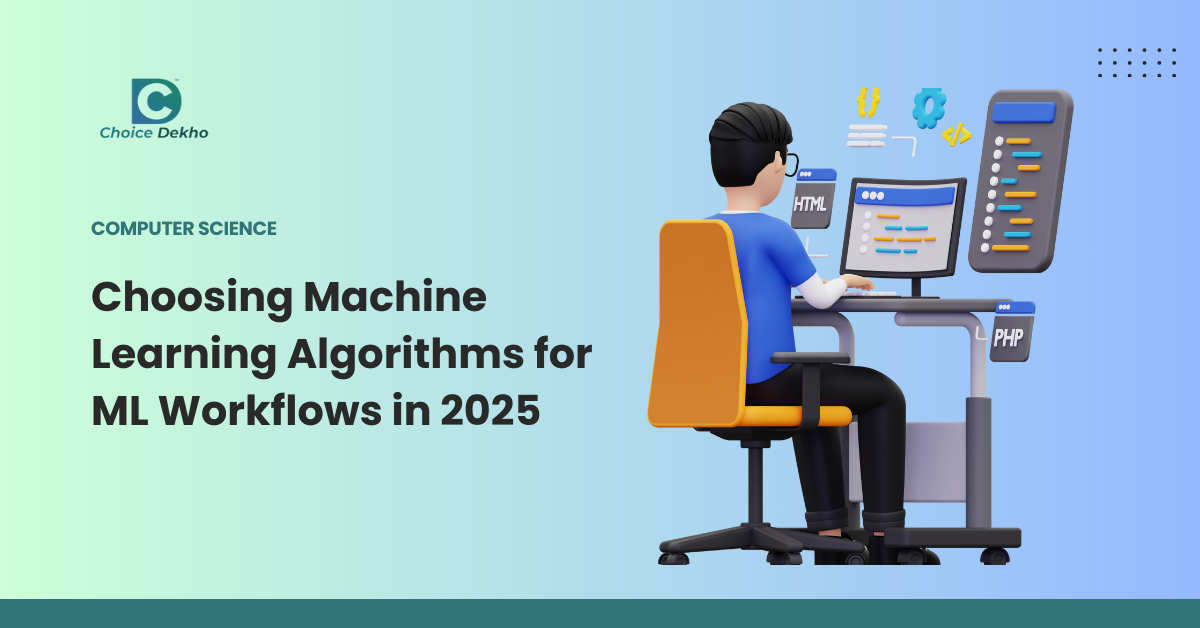It’s presumable that Machine Learning is continually growing. By 2025, the variety of choices in algorithms will be even more diverse. We know that choosing the right algorithm can feel daunting. No worries. Here is some quick guidance to make a choice so much simpler. Whether your project requires predictive analytics, image recognition, or natural language processing, there’s just one place to start. Executing the appropriate algorithm. So how do you choose? By starting with an understanding of the type of task at hand, data quality, and considering the trade-off between speed and accuracy.
Identify whether the Task is Classification or Prediction
Start by asking: What is the task? Are you classifying data points or forecasting trends?
For example, if one is to classify images or sort emails, then algorithms such as Random Forest or Support Vector Machines may be used. If one is forecasting trends, models like linear regression or neural networks are more applicable. The year 2025 is expected to increase the efficiency of AutoML tools for simple model selection and automatically suggest a good starting point without requiring expertise.
Data Quality vs. Quantitative Data: How to Find a Balance
On the subject of machine learning, there’s more data to elicit better models, especially when one has high-quality data in hand. Indeed, complex algorithms, such as Deep Learning, allow great accuracy with structured and cleaned data. In the case of lesser volumes of data, simpler models allow one to arrive at similar results with much quicker training times. Balance between data quality and quantity will continue to be an important goal in 2025. Trends such as Explainable AI are gaining more traction in order to better explain at the user level how models will make decisions.
Also Read: Top 10 Front-End Languages (2025 List for Beginners)
Speed vs. Accuracy: Sets Your Priority
Consider your project requirements. Is it necessary to receive fast results, or is high accuracy desired? Some algorithms, like Decision Trees, grant speed but risk compromising on precision. Other ensemble methods that include boosting achieve higher accuracy by aggregating models; such ensemble methods are generally more computationally expensive. By the year 2025, this will be of most importance when ML workflows continue to rise in complexity and are balancing between speed and accuracy.
Smarter Learning Choices on Choice Dekho
Choosing an ML algorithm might seem daunting, but it doesn’t have to be. Choice Dekho provides candid, data-driven comparisons for machine learning courses from leading platforms around the world to help you get what you need. Are you ready to bring your ML skills to the next level? Check out Choice Dekho today, and start making more informed choices for your ML journey!





2 thoughts on “Choosing Machine Learning Algorithms for ML Workflows in 2025”